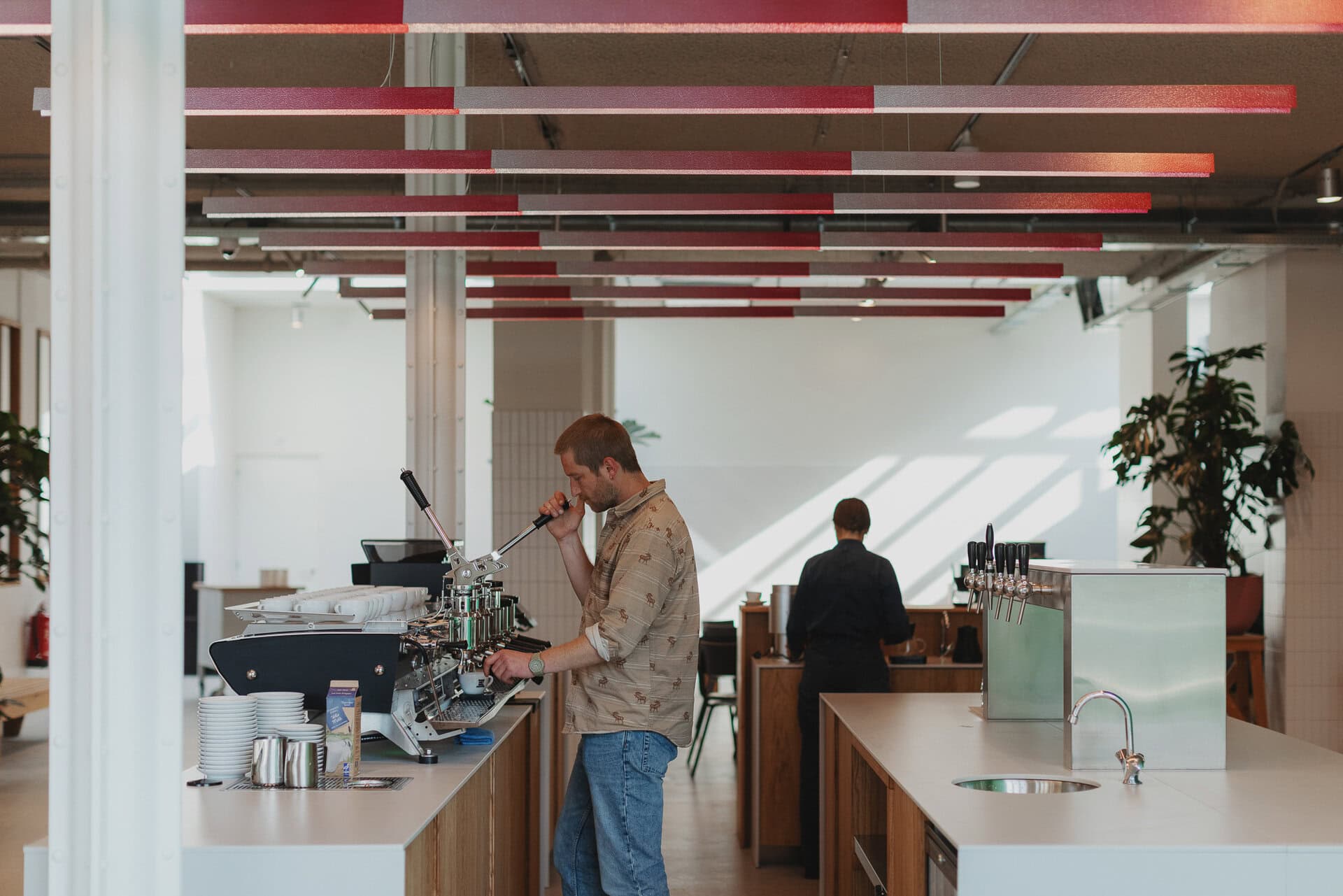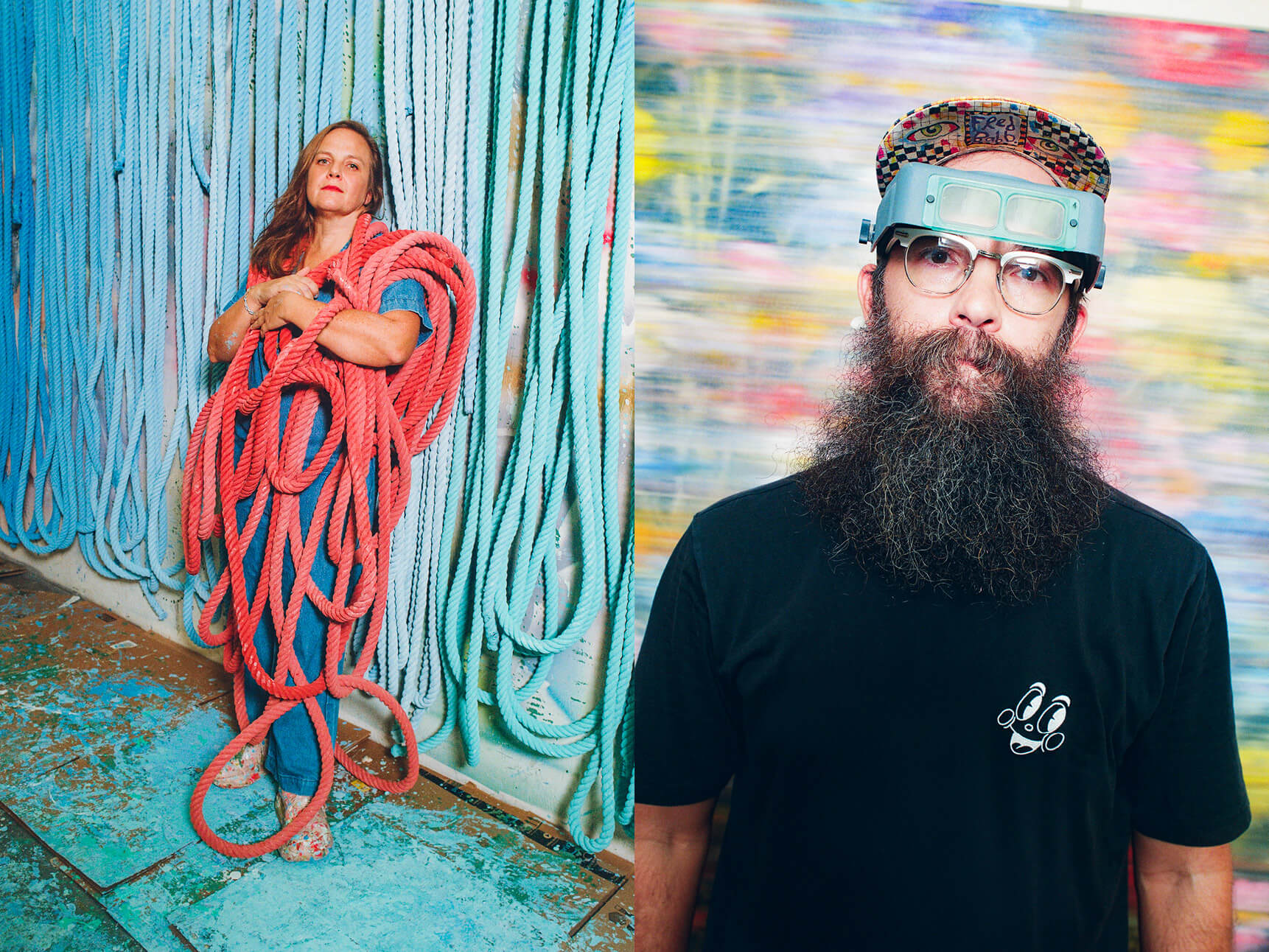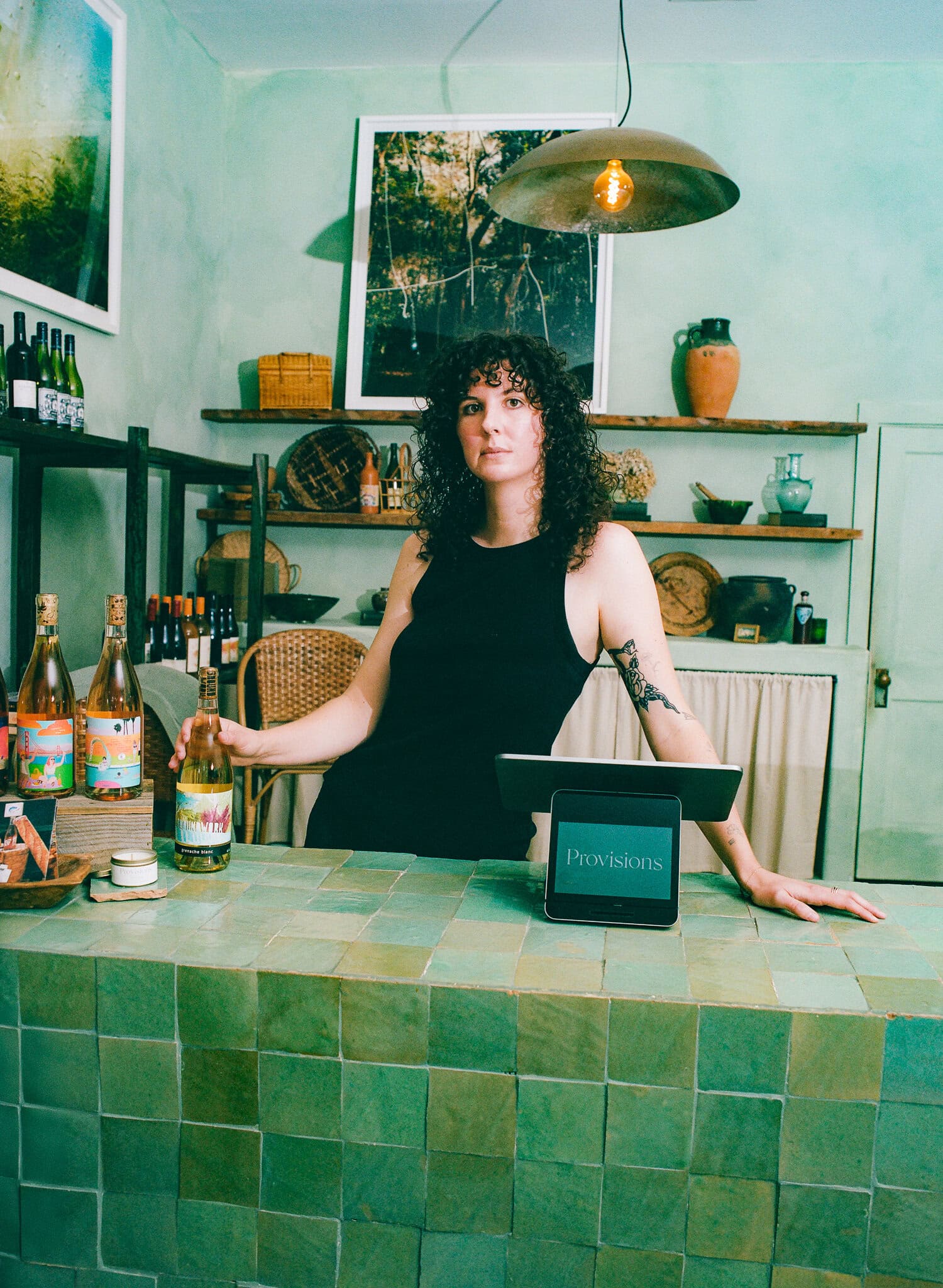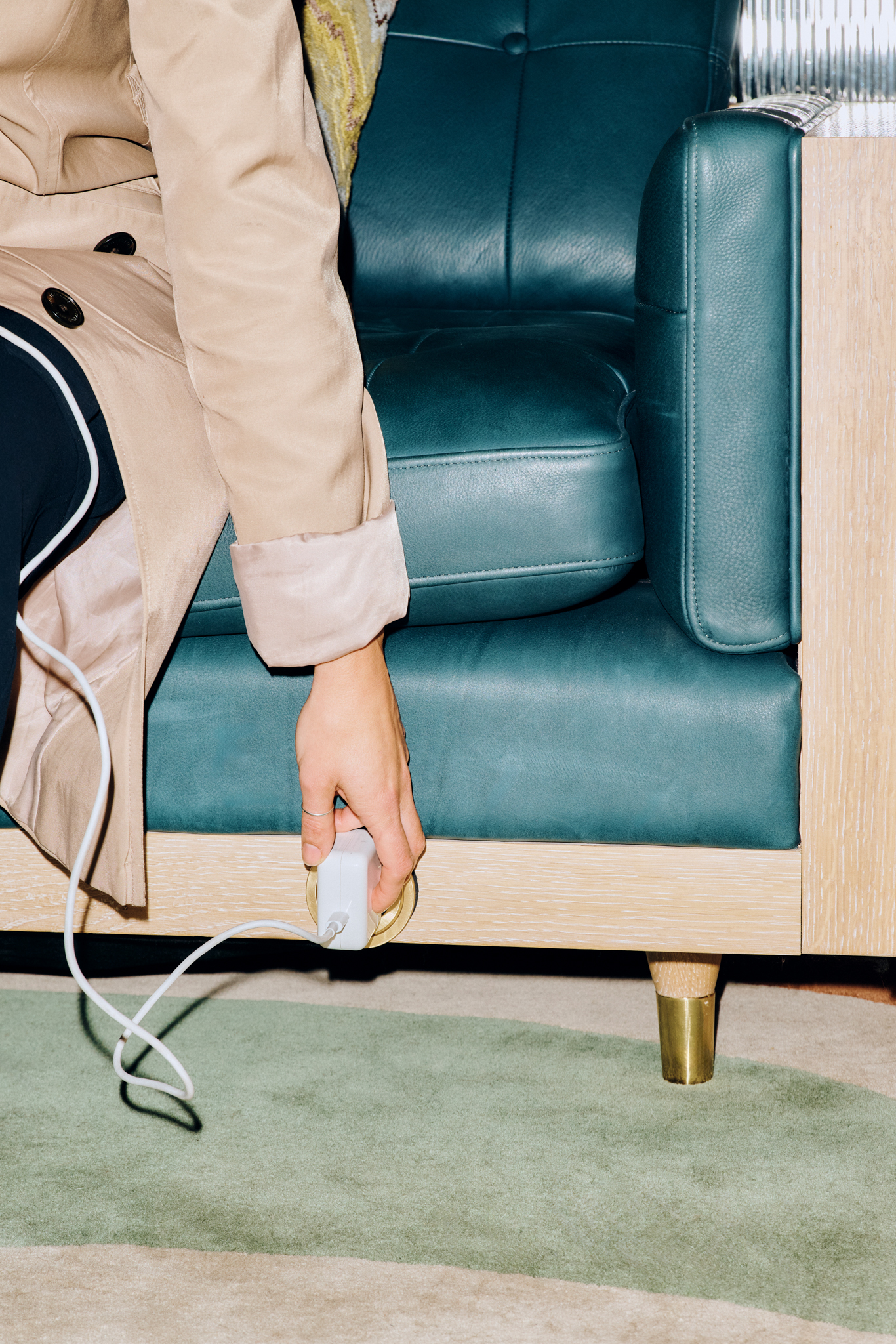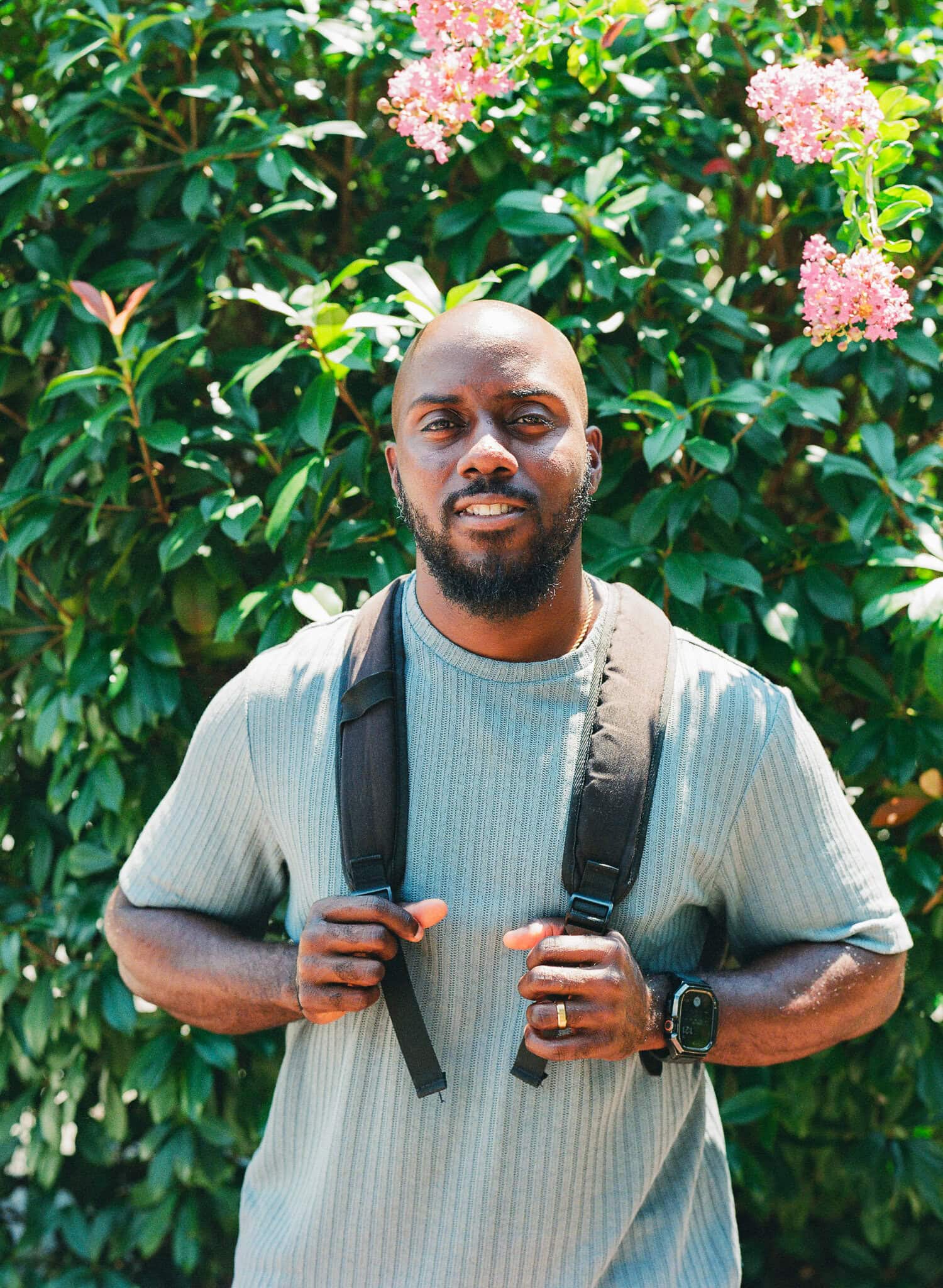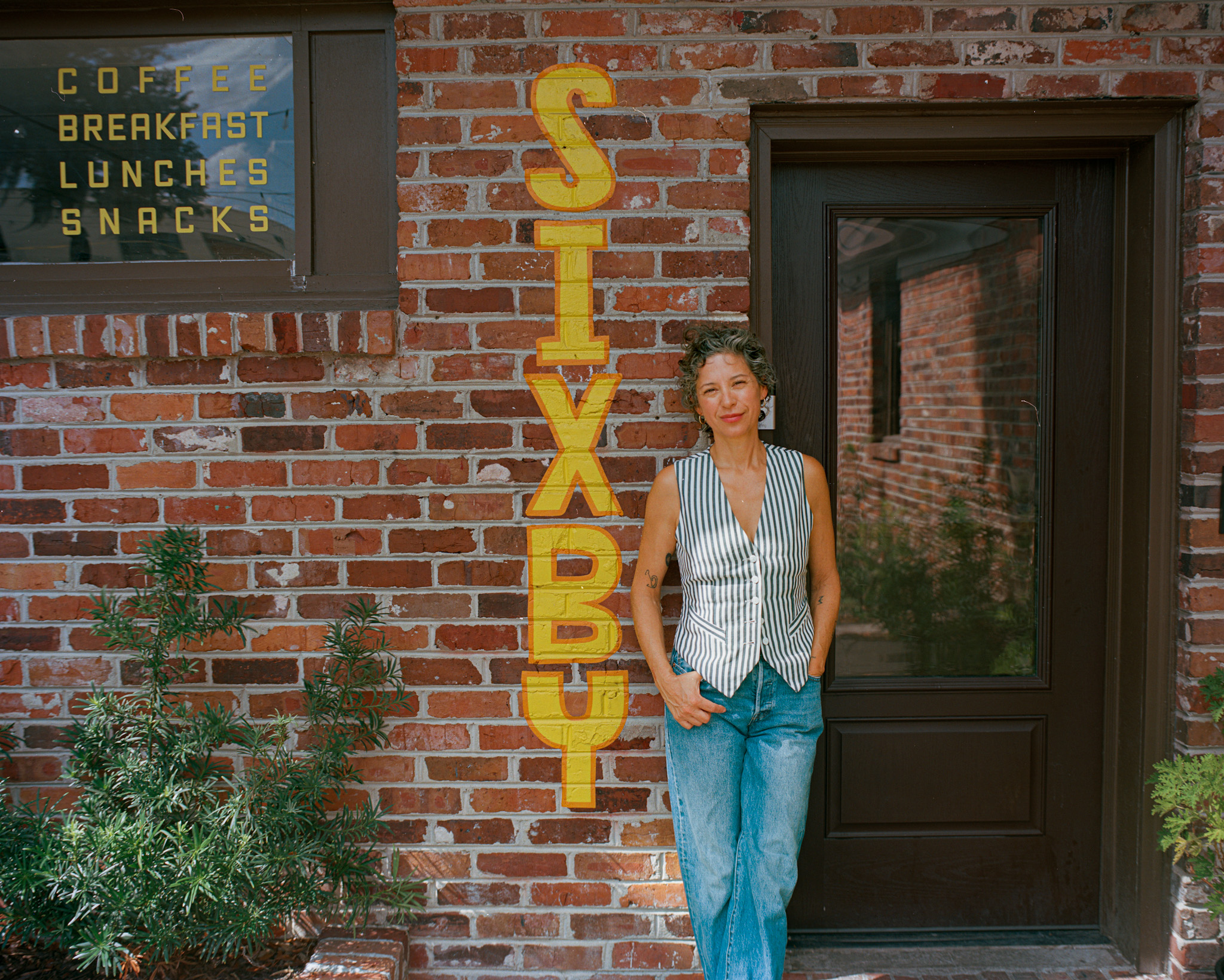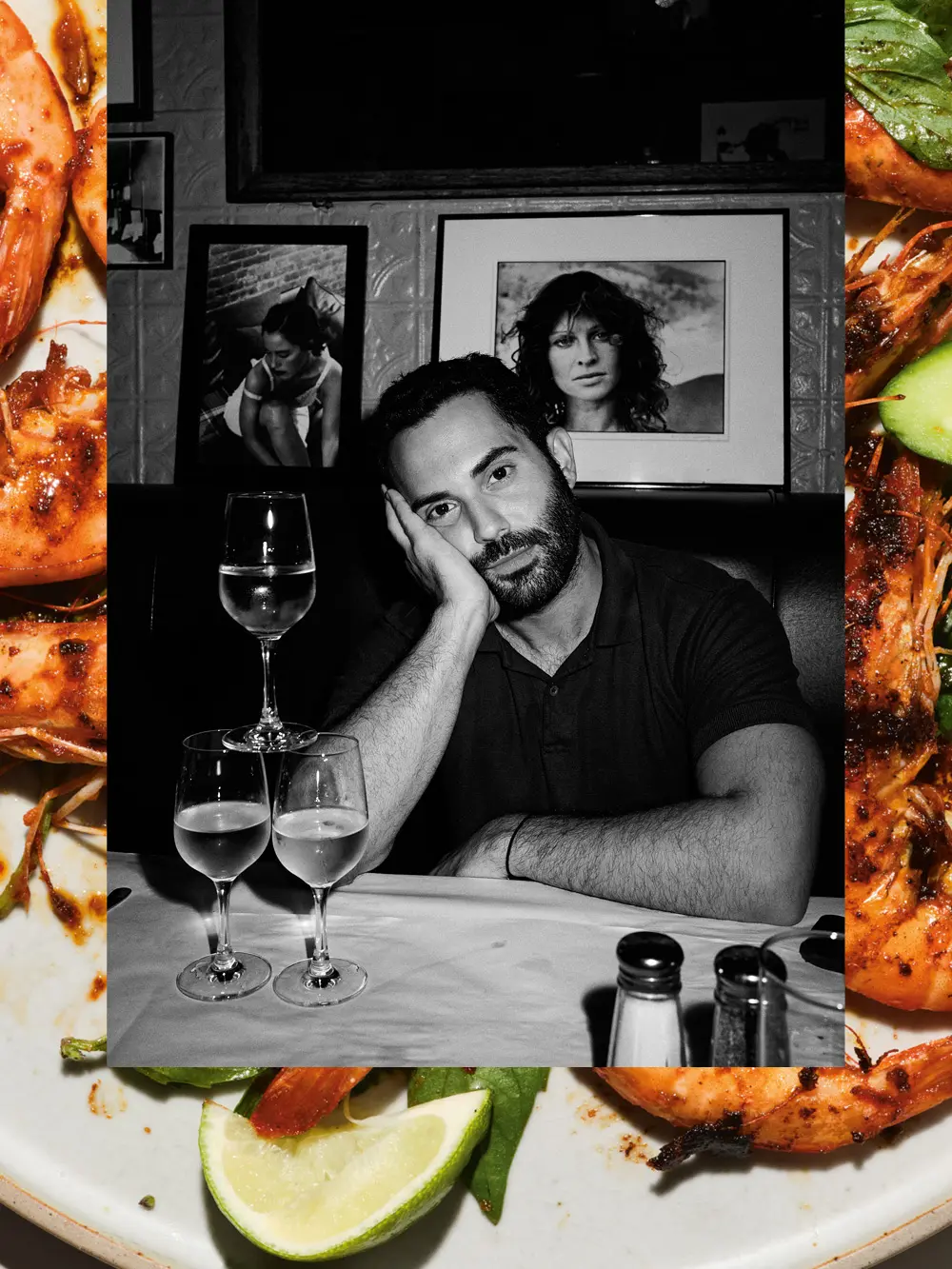
Writer Aileen Kwun speaks with the dynamic chef about working across food spaces, staying curious, and how it all shaped his new cookbook.
As a restaurant cook, recipe developer, and former Bon Appétit editor who came up as a watchable food personality during the magazine’s rise to video, Andy Baraghani makes delicious recipes that appetize the senses. The first-generation Iranian American chef, and now cookbook author, chats about writing and developing recipes for his New York Times–bestselling debut, “The Cook You Want to Be” (Ten Speed Press), his early days of teenage apprenticing at Chez Panisse in Berkeley, California, and why the key to staying creative in the kitchen is all about keeping yourself on your toes.
Q. You’ve worked in a lot of different food spaces: restaurants, food media, and now you’re at it solo with your new cookbook. At this stage, how would you describe your food, your career, and what’s influenced it?
I would say it’s four spaces that I’ve been lucky enough to have been a part of growing up. The first, obviously, is being first-generation Iranian American. Eating that food multiple times a day shaped the kind of flavors and ingredients I’m drawn to: It’s very distinct in that it’s not a lot like the surrounding countries. It’s not heavily spiced, it’s very acidic, has a lot of herbs, some floral flavor profiles, and uses a lot of fruit and vegetables. And they take rice very, very seriously—to the point that it can sometimes be laughable, with hours and hours of preparation!
Q. And the other three spaces?
The other three: My time in restaurants, which provided a foundation for techniques, my approach to the kitchen, my cleanliness, my discipline. Then, my time in test kitchens, which allowed me to take my ideas about food and cooking and actually distill them into something people can make at home. That’s essential—it’s not just that I’m cooking food I love: The goal is for people to make it and love it. Let’s say I, hypothetically, develop the “best” recipe; if no one makes it very well, then to me, it hasn’t done its job. Then, the fourth and last thing is my travels. I made a goal, when I was 20, that I would travel to a new country by myself every year—not in a certain luxury kind of way, but as a way to check in with myself. That has led me to places like Lebanon, Taiwan, Vietnam, Malaysia, and Thailand… I’m not someone who can just sit in a room and be creative. Having these four spaces forces me to be out in the world: to experience, to interact, and to taste. I very much benefit from that, and imagine most people who are creating or crafting anything feel the need to do that.
“It's not just that I'm cooking food I love— the goal is for people to make it and love it. Even if I develop the 'best' recipe, if nobody makes it, then to me it hasn't done its job.”
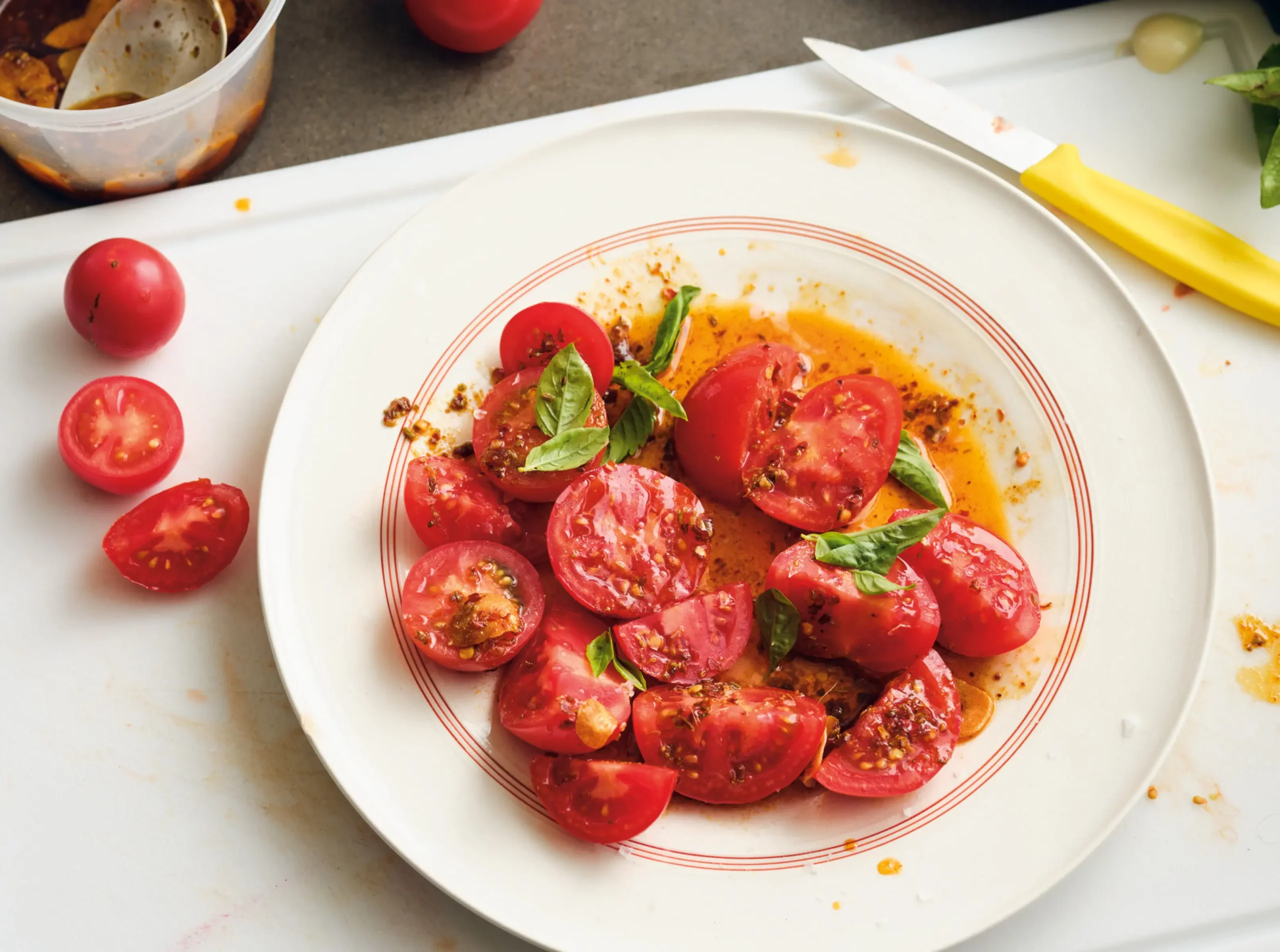
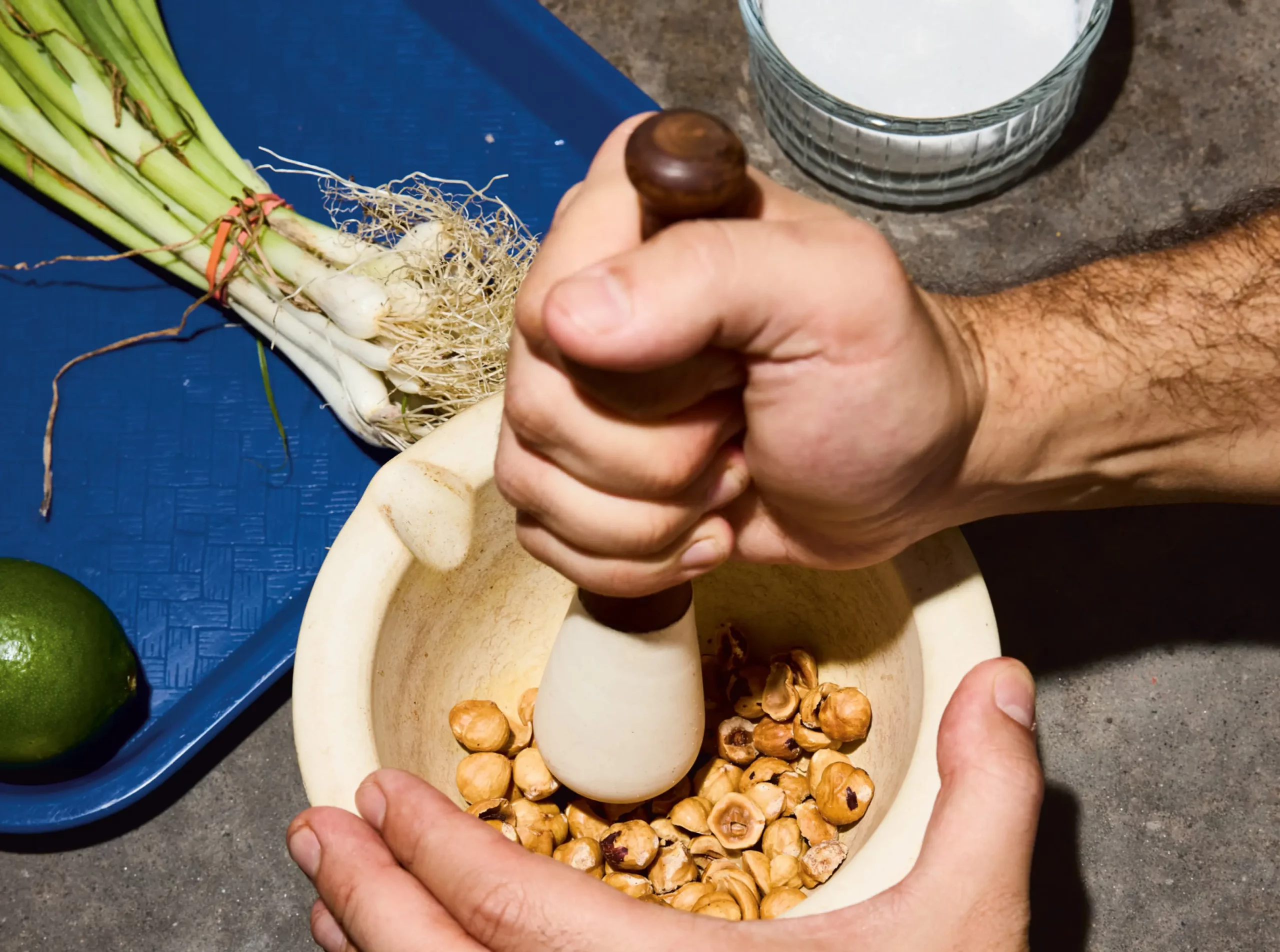
Q. Your first restaurant job was apprenticing at Chez Panisse very young, at age 16. Did you always know you’d work with food?
The pleasure that you get from food and cooking is pretty immediate, compared to different forms of craft and art. I didn’t know that I was going to have food be a part of my career, but I knew that food was going to be in my life in a big way, very early on.
Q. How did the Chez Panisse job start?
By the time I was 14 or 15, I had learned about Chez Panisse through my family. They said, “Oh, you know, there’s a very famous restaurant in town.” At that age, I don’t think I fully knew exactly just how special it was, but I began to really immerse myself in learning more about the East Bay, San Francisco, wine country, and all about the California Revolution and Slow Food. Then I wanted to get actual experience. So I just cold went there. I was 16, so young and eager, and had this innate fearlessness. I remember arriving at the restaurant—they have the restaurant downstairs, and the cafe upstairs—and met with one of the co-chefs upstairs, Beth Wells. I told her, “I want to work here. I would love to do an apprenticeship, and I can come Fridays after school and Saturdays.” The first thing she asked was, “How old are you?” [Laughs] I think she was puzzled by how direct I was but also admired it, and said, “Okay, great, you want to work and learn? You can start next week.” It was that simple and very European in that sense.
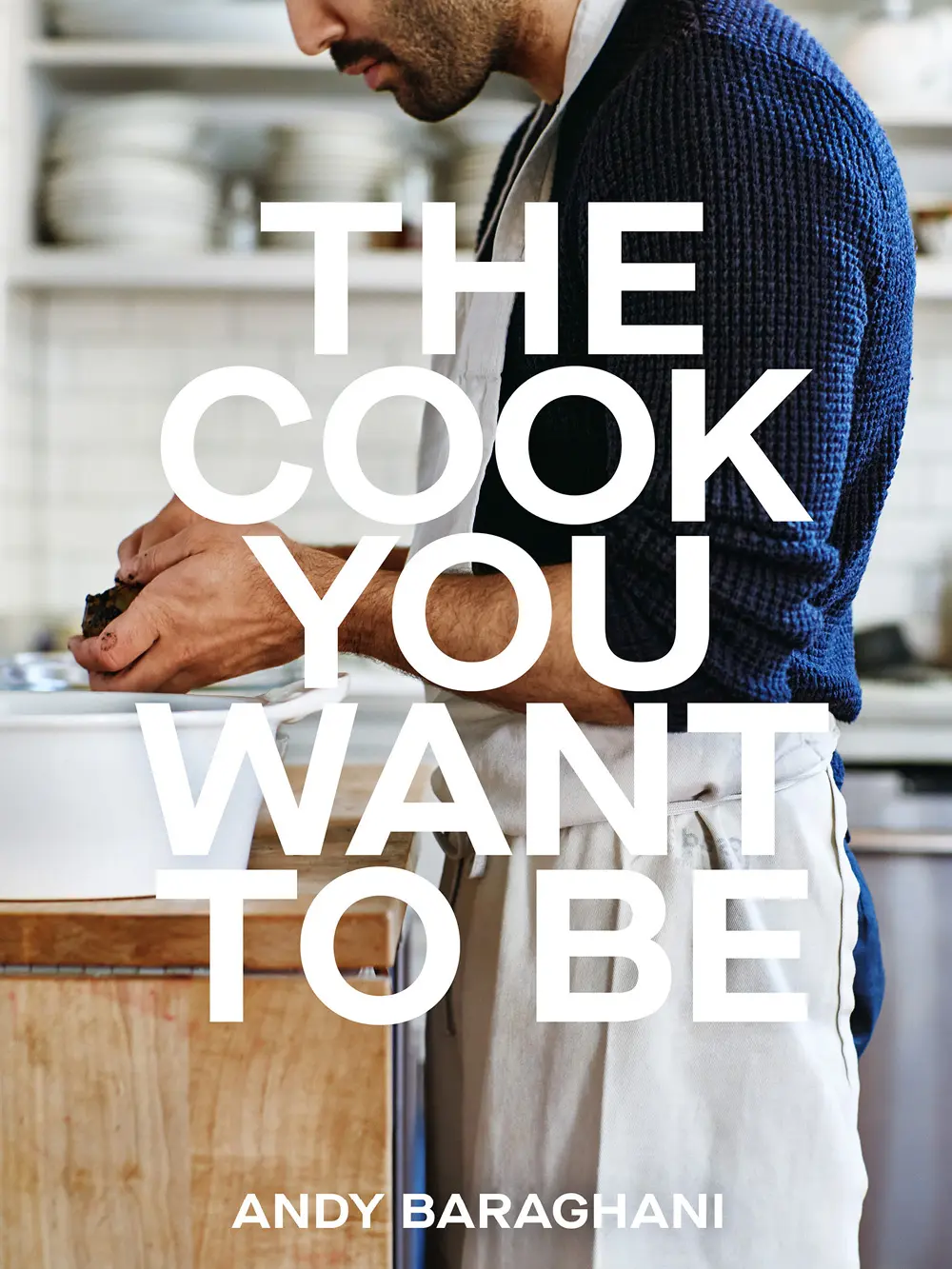
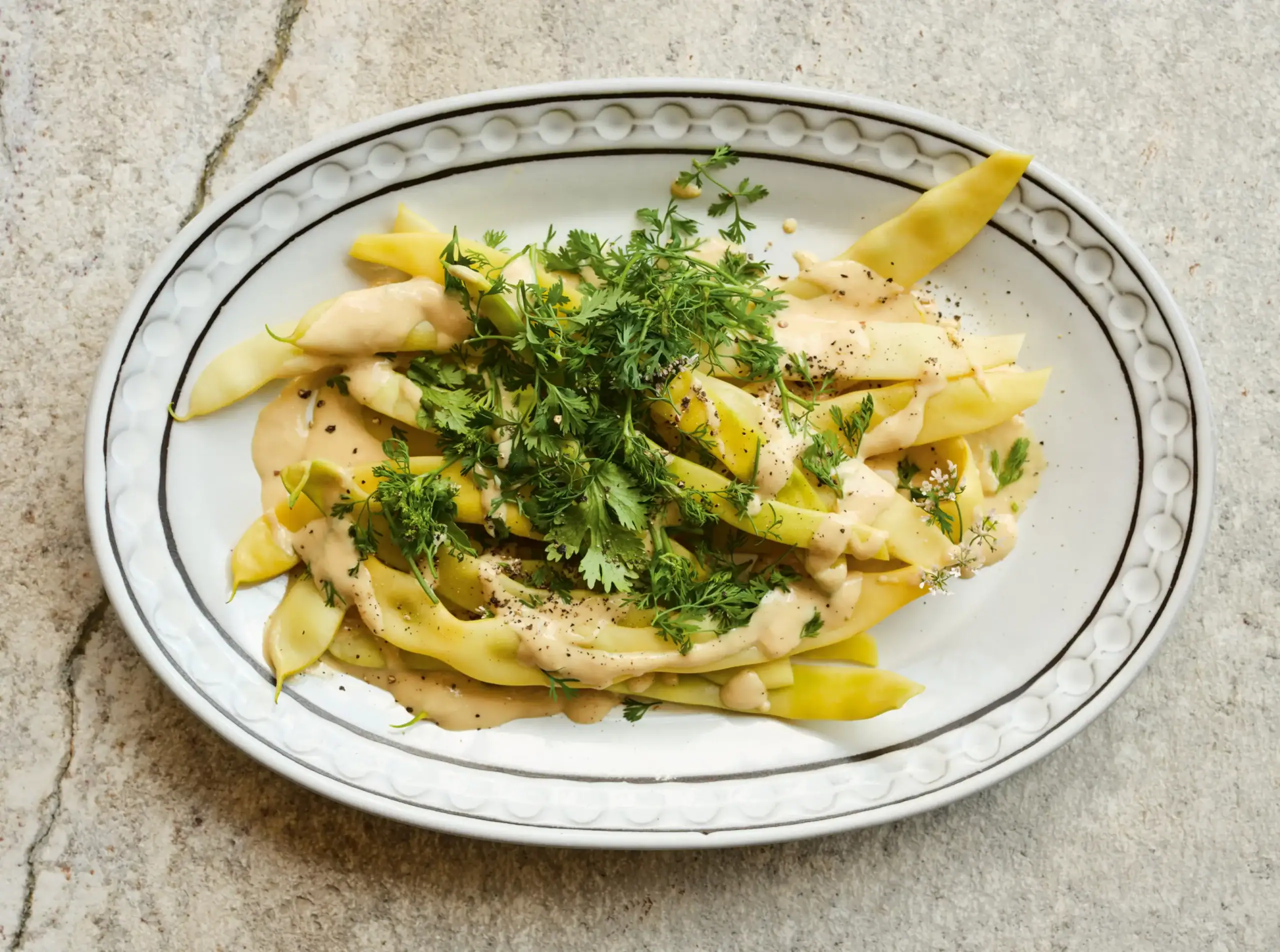
Q. What were some of your first duties in that kitchen?
The first few months, it was prepping two buckets of onions, scrubbing clams—the kind of essential work no one else wanted to do. It eventually grew and evolved to things like, okay, do you know how to butcher a chicken or make a sauce? Do you know how to toast spices, or make mirepoix? These are the kinds of things that sound so simple. Something like toasting spices, you think, how hard could it be? But then, of course, I probably messed up four to five times. That foundational knowledge is the strongest I ever received in any kitchen. It felt like a real education. I never went to culinary school. From there, I just continued working in restaurants, and then I landed in New York when I was 18 to go to NYU. And even while I was at NYU, I found myself wanting to work in restaurant kitchens, which I did: at Corton and Frej (which is now Aska in Williamsburg), and Estela.
Q. Then you headed into food media. What inspired that move?
It was more of an accident. I got an internship at Saveur through a friend at school who knew someone, and then they brought me back to do a little bit of freelance writing. Eventually, I wrote something about Iran, and I don’t think any American food publication had ever done a story on Iran after its revolution in the ‘70s, with the political tensions that had grown with the U.S. My parents are immigrants and I grew up as an adolescent post-9/11, and had my own experiences with racism and prejudice, even more so than homophobia. So even at age 20, I was a little self-conscious about this being my first big byline. For that story, they ended up asking me to develop some recipes with my mother. We developed ten in all, and that was big for me. That was very emotional. It put me more on the map of going towards an editorial direction. From there, I worked at Tasting Table as an editor for about two years, and then I got asked to go to Conde Nast for Bon Appetit, and was there for five or six years.
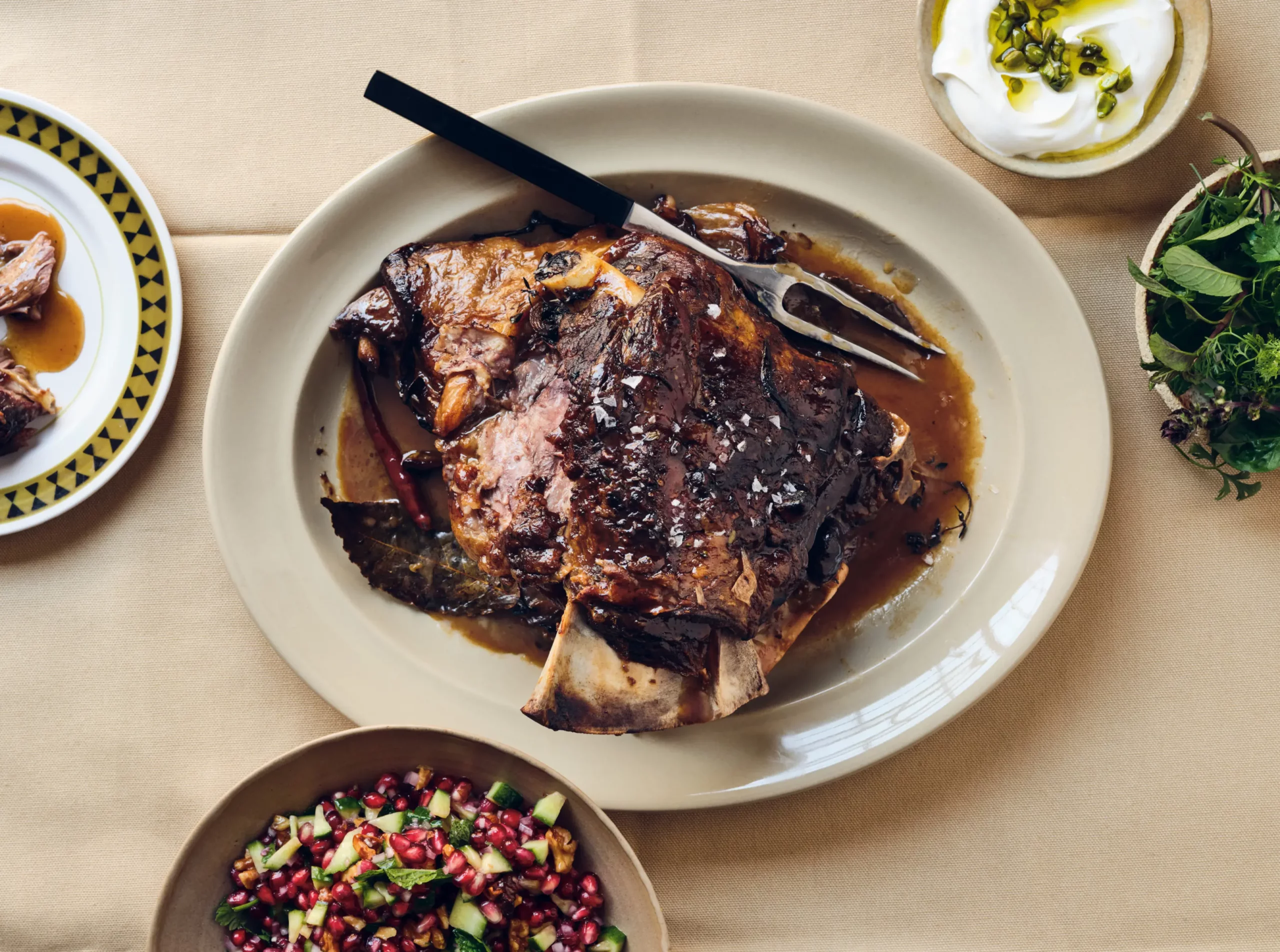
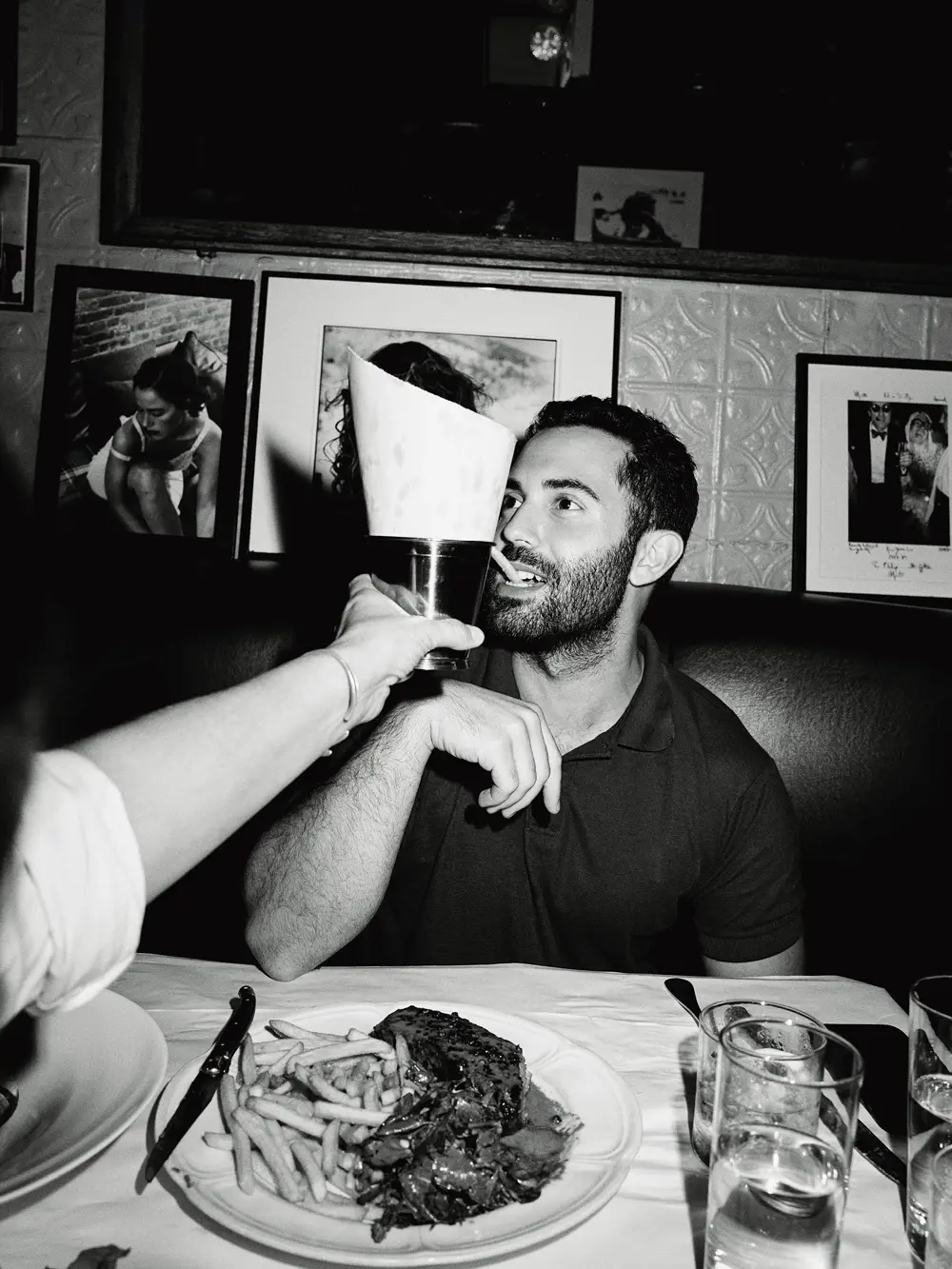
Q. Over the years, you’ve become a food personality of sorts.
I think I’m much more comfortable having a dialogue or writing. While I’m certainly comfortable doing videos, it was never a desire, and it always came back to the basics of cooking. That said, I know it’s a game of sorts, being able to do a lot of different things, instead of just being in a corner writing recipes. It’s been a truly wonderful, at times chaotic, very fun journey — and the thing is, I’m still evolving, just like any person who’s ever identified as a creative. I’ve written about food for many years now and people may think I’m an authority of sorts, but I want people to know that I’m still evolving, I’m always learning, I’m just as curious, and I want to stay that way. I never want to stay stagnant or get bored.
Q. What excites you most now, with the release of your first cookbook, and how do you hope people will use it?
A big goal for me, and for the book, is that I want people to become better cooks — for them to take this information, to apply it to their own kitchens, to have a better understanding of what ingredients they’re drawn to, what techniques they want to be using on a daily, weekly basis. I hope they’re dishes that they’ll fall in love with, that will become a part of their repertoire, and that they’ll also feel empowered to tweak and change them.
CREDITS
Aileen Kwun is a writer and editor based in New York. With a focus on art, design, and culture, she contributes to The New York Times and CNN Style, among others, and was a founding editor at The Slowdown and August Journal.
Editor: Dickson Wong
Portraits & Photography: Courtesy of Andy Baraghani and Ten Speed Press
DISCOVER MORE
For more on “The Cook You Want to Be“
